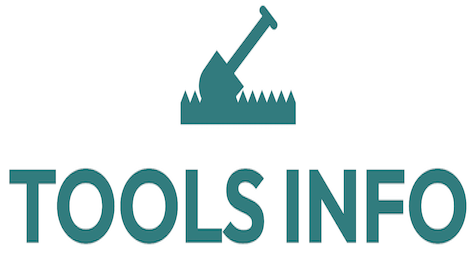Introduction
What are 3-Axis Gimbals?
3-Axis Gimbals have transformed the landscape of videography and photography by providing a seamless way to capture stable footage. These camera stabilizers rely on three pivot points, controlled by motors, to counteract unwanted camera movements, resulting in smooth and steady shots even in challenging conditions.
Benefits of Using 3-Axis Gimbals
With enhanced stability, 3-Axis Gimbals ensure your inspection footage is clear and professional. The devices help minimize the effects of shaky hands or environmental factors like wind, making them indispensable for capturing precise details during inspections.
Importance of Stable Footage
Stable inspection footage is crucial for accurate analysis and decision-making. Whether inspecting infrastructure, conducting aerial surveys, or creating marketing content, 3-Axis Gimbals provide the reliability and quality needed to secure the best results.
Choosing the Right 3-Axis Gimbal
Factors to Consider
When selecting a 3-Axis Gimbal, consider factors such as payload capacity, compatibility with your camera, battery life, and ease of use. These aspects will ensure the gimbal meets your specific needs and preferences for capturing stable inspection footage.
Top 3 Brands to Look Out For
Brands like DJI, Zhiyun, and FeiyuTech have gained a reputation for producing reliable and innovative 3-Axis Gimbals. Each offers various models that cater to different needs, ensuring you can find the perfect match for your photographic rig.
Tips for Smooth Operation
To maximize the effectiveness of your 3-Axis Gimbal, ensure proper setup, regular maintenance, and practice smooth movement techniques. Familiarizing yourself with your equipment will also enhance your ability to capture flawless footage.
Setting Up Your 3-Axis Gimbal
Balancing Your Camera
For optimal performance, balance your camera on the gimbal. This process involves adjusting the camera’s position until it remains level when the gimbal is powered off. Proper balancing reduces strain on the motors and extends battery life.
Calibrating for Optimal Performance
Calibration is crucial to align the gimbal’s sensors and motors with your camera. Follow the manufacturer’s manual to complete this step effectively, ensuring your 3-Axis Gimbal delivers stable footage consistently.
Best Practices for Stable Shots
Avoid sudden movements and regularly calibrate your equipment to maintain top performance. Employ walking techniques like the ‘heel-to-toe’ method to minimize steps’ impact, thus enhancing stability.
Capturing Stable Inspection Footage
Techniques for Smooth Footage
Mastering various shooting techniques can improve your footage stability. Practice panning smoothly and use tracking shots to keep the subject in frame while maintaining focus on a steady path.
Common Mistakes to Avoid
Avoid overloading the gimbal and ignoring pre-session checks. Ensure all connections are secure and that the gimbal’s battery is fully charged to prevent interruptions.
Best Angles for Inspection Shots
Optimal angles can reveal more details in your footage. Utilize the versatility of 3-Axis Gimbals to capture overhead or low angles, providing a comprehensive view of inspections targets.
Post-Processing and Editing
Software Recommendations
Use software like Adobe Premiere or Final Cut Pro for editing your inspection footage. They offer advanced features for stabilizing, cutting, and enhancing your shots, ensuring the highest quality output.
Color Correction Tips
Proper color correction enhances footage quality and ensures details are not lost. Adjust exposure and white balance to achieve the most accurate and visually pleasing results for inspection purposes.
Adding Graphics and Annotations
Including graphics and annotations can highlight critical footage details, aiding in clear communication during presentations. Video editing software provides tools to insert these elements seamlessly.
Maintaining Your 3-Axis Gimbal
Cleaning and Care Tips
Regularly clean your gimbal using a soft cloth and avoid exposure to extreme conditions. Proper storage protects the equipment from potential damage, keeping it functional for extended periods.
Troubleshooting Common Issues
Should you encounter issues, consulting the user manual and online forums can offer solutions. Simple fixes like recharging the battery or recalibrating the device often resolve minor glitches.
Upgrading Your Gimbal for Longevity
Investing in the latest firmware updates and accessories can extend your gimbal’s lifespan. Enhance functionality with additional components such as remote controls or camera mounts, improving performance and flexibility.
Want more tools, tips, and trusted gear? Explore all our expert guides and curated picks HERE.
For additional insights into camera stabilizers, check Wikipedia’s entry on Camera Stabilizers. To learn more about tool innovations, visit our Tool Innovation Technology article.
